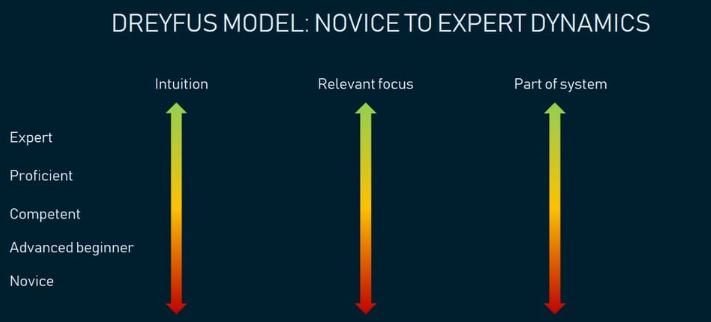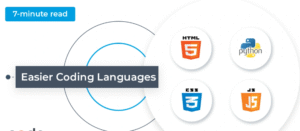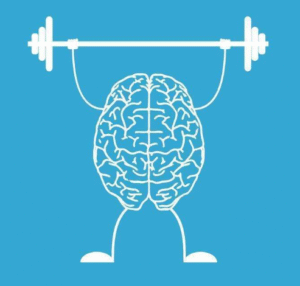Career Path in Software Engineering: From Junior to Senior
The journey from a junior software engineer to a senior developer is one of growth, learning, and continuous improvement. Each stage of this career path requires not only technical proficiency but also strong problem-solving skills, teamwork, and the ability to take on greater responsibilities. Understanding these stages helps software engineers plan their career strategically and achieve long-term success in the tech industry.
The Junior Software Engineer: Building the Foundation
A junior software engineer is usually at the beginning of their career, often with less than two years of experience. At this stage, the primary focus is on learning — understanding how software development works in a real-world environment and applying theoretical knowledge to practical projects.
Key characteristics of a junior developer:
-
Works under close supervision
-
Follows coding guidelines and best practices set by the team
-
Participates in code reviews to learn from feedback
-
Has limited experience in debugging and testing complex systems
-
Relies on mentors or senior developers for guidance
Typical responsibilities include:
-
Writing and maintaining basic code
-
Fixing minor bugs
-
Testing applications
-
Contributing to small project modules
At this stage, curiosity and a willingness to learn are essential. The best juniors proactively seek feedback and invest time in understanding software architecture, version control systems, and agile development methods.
The Mid-Level Software Engineer: Expanding Expertise
After gaining a few years of experience, developers typically transition to the mid-level software engineer position. This stage involves more independence, stronger technical skills, and the ability to contribute meaningfully to complex projects.
Key traits of a mid-level engineer:
-
Understands the complete software development life cycle
-
Can design small to medium-sized systems or components
-
Begins to mentor junior developers
-
Communicates effectively with cross-functional teams (designers, product managers, QA, etc.)
-
Balances code quality and project deadlines
Common challenges at this stage:
-
Managing workload efficiently
-
Adapting to different technologies and frameworks
-
Learning to make trade-offs between performance, scalability, and maintainability
Mid-level engineers often start to specialize in certain areas — for example, backend development, mobile applications, DevOps, or data engineering. This specialization helps them stand out and prepares them for senior-level roles.
The Senior Software Engineer: Leadership and Vision
A senior software engineer is not just an expert coder but also a leader who shapes the direction of projects. With years of hands-on experience, seniors understand how to design scalable systems, foresee potential issues, and deliver high-quality software on time.
Key responsibilities of a senior developer:
-
Leading the technical aspects of large-scale projects
-
Reviewing and improving code written by other team members
-
Mentoring juniors and mid-level engineers
-
Making architectural decisions and ensuring code consistency
-
Communicating effectively with management and non-technical stakeholders
Skills that define a senior engineer:
-
Strong understanding of design patterns and software architecture
-
Excellent debugging and optimization abilities
-
Strategic thinking and project planning
-
The ability to balance innovation with practicality
At this level, leadership skills become just as important as technical ones. A senior engineer acts as a bridge between the development team and business goals, ensuring that every line of code aligns with the company’s vision.
Comparing the Stages of Software Engineering
| Career Stage | Experience Level | Main Focus | Typical Responsibilities |
|---|---|---|---|
| Junior | 0–2 years | Learning and adapting | Writing code, fixing small bugs, learning from reviews |
| Mid-Level | 2–5 years | Building expertise | Designing modules, mentoring juniors, handling complex tasks |
| Senior | 5+ years | Leadership and strategy | Leading projects, architectural planning, decision-making |
How to Advance from Junior to Senior
Career growth in software engineering doesn’t happen automatically — it requires consistent effort and deliberate learning. Here are practical steps for moving up the career ladder:
-
Master the fundamentals: Deep understanding of algorithms, data structures, and software design principles forms the foundation for growth.
-
Contribute to open-source projects: This helps build experience and reputation within the developer community.
-
Seek mentorship: Learn from senior engineers to gain real-world insights that can’t be found in tutorials.
-
Focus on soft skills: Communication, teamwork, and time management are critical for leadership roles.
-
Stay updated: The tech world evolves rapidly. Regularly explore new frameworks, languages, and tools.
-
Document and share knowledge: Writing technical blogs or speaking at meetups helps solidify understanding and position you as a thought leader.
Beyond Senior: The Next Steps
Once an engineer reaches the senior level, new career paths open up. Some choose to move into technical leadership roles such as Tech Lead, Engineering Manager, or CTO. Others prefer to remain individual contributors, focusing on deep technical expertise as Principal Engineers or Architects.
Regardless of the chosen direction, continuous learning remains essential. The best engineers adapt to new challenges, technologies, and ways of thinking throughout their careers.
The path from junior to senior software engineer is a journey of continuous development — both technical and personal. Success in this field isn’t just about writing clean code; it’s about solving real problems, collaborating effectively, and taking ownership of projects.
Every stage offers valuable lessons that prepare you for the next. Whether you’re just starting out or aiming for a leadership role, remember that growth in software engineering comes through curiosity, persistence, and a lifelong commitment to learning.














Post Comment